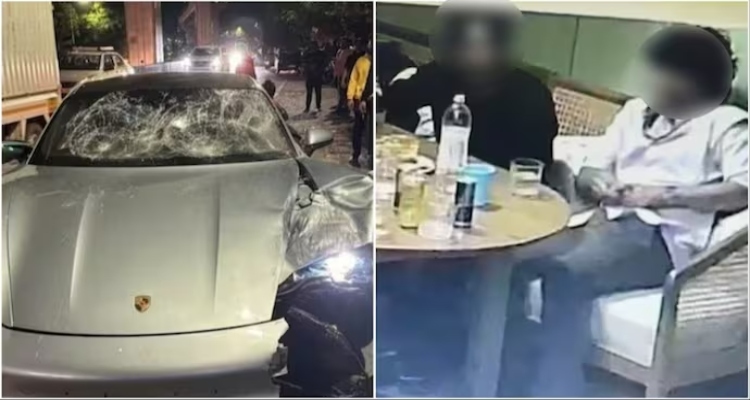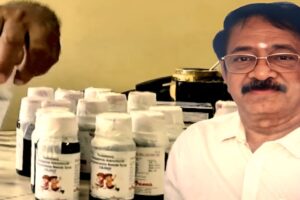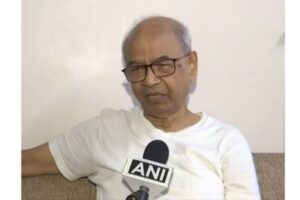
The Maharashtra government has established a committee to investigate the conduct of the Juvenile Justice Board (JJB) members and ascertain adherence to norms while issuing orders in the Pune car crash case, an official stated on Wednesday.
The state woman and child development department (WCD) formed the five-member committee last week, as per the official. Headed by a deputy commissioner-rank officer from the department, the committee is anticipated to present its report by next week, the official added.
Two IT professionals in their 20s lost their lives after their motorcycle collided with a speeding Porsche, purportedly driven by a 17-year-old boy, in the early hours of May 19 in the Kalyani Nagar area of Pune. As per police reports, the teenager was intoxicated at the time of the incident.
Controversial Bail Decision
The JJB granted bail to the teenager shortly after the occurrence. Additionally, it directed him to compose a 300-word essay on road accidents, a decision that sparked widespread criticism.
WCD Commissioner’s Statement
WCD commissioner Prashant Narnavare stated that the JJB comprises a member from the judiciary and two individuals appointed by the state government. “We have initiated a committee to investigate the overall conduct of the JJB members appointed by the state government, to verify whether norms were adhered to while issuing orders in the car accident case,” he expressed.
“I possess authority under the Juvenile Justice Act to scrutinize the overall conduct of the members appointed by the state government. We have constituted a committee to evaluate the overall conduct of the JJB members concerning the order that granted bail to the juvenile after the accident,” Narnavare affirmed. He further mentioned that the committee was formed promptly after the bail order was issued.
Parallel Inquiry on Blood Sample Manipulation
Additionally, another three-member committee is conducting an inquiry into the alleged manipulation of the blood samples of the juvenile driver.
“On Monday, police alleged that the juvenile’s blood samples were discarded and substituted with samples from another individual, which displayed no traces of alcohol,” he added.




